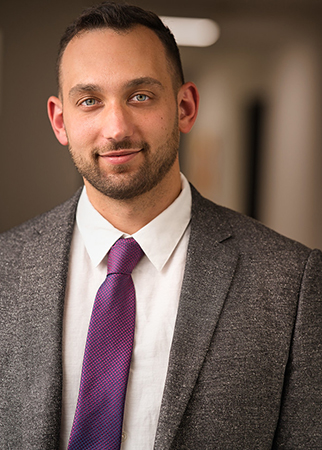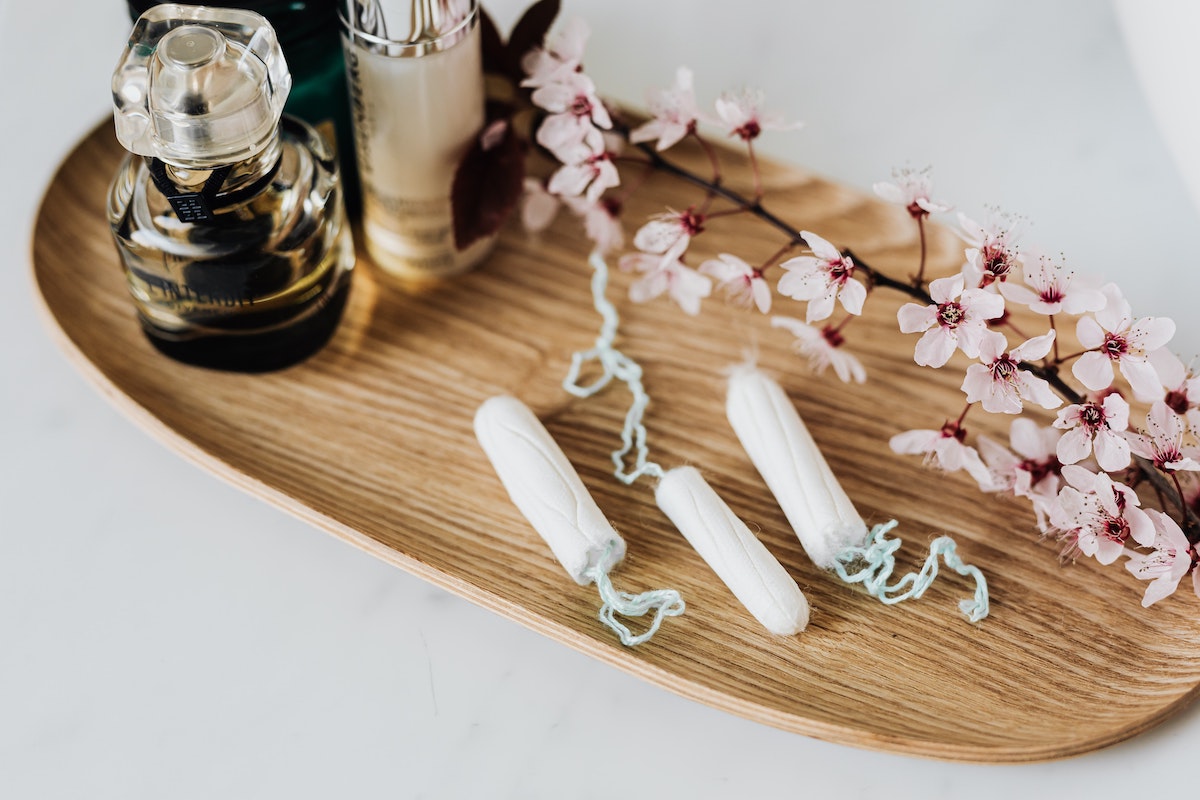Should You Try Ketamine To Treat Depression?
According to the National Institute Of Mental Health, an estimated 19.4 million adults in the United States had at least one major depressive episode in 2019. Sadly, it’s safe to assume this number has increased during the pandemic. While many people opt to treat their depression with traditional medication such as SSRIs (selective serotonin reuptake inhibitors), it doesn’t always work, or the side effects can be intolerable.

In recent years, ketamine has made headlines for being an “alternative” treatment for depression, anxiety, and PTSD. While some people perceive it as a street drug gone legal or a way to get high at a doctor’s office, that couldn’t be further from the truth.
I recently spoke with Ben Spielberg, M.S., neuroscientist and founder of TMS and Brain Health, which has clinics in Los Angeles, Sedona, and Las Vegas. In addition to ketamine, TMS and Brain Health also offers a variety of mental health services including TMS (Transcranial magnetic stimulation, a noninvasive form of brain stimulation), neurofeedback, biofeedback, intensive outpatient programs, psychotherapy, and Zulresso (which is a postpartum depression treatment).

We discussed how ketamine works, what happens during a session as well as who can benefit most from this treatment. If you’ve been thinking about trying ketamine or want a better understanding of what it is, read on.
What is ketamine? How did it go from a “street drug” to what many believe is the next big innovation in treating depression?
Ketamine originally went from an FDA-approved adult and pediatric anesthetic in the 1970s; to one of the World Health Organization’s list of “Essential Medicines” in 1985; to a “street drug.” Now, it’s a viable and evidence-based treatment for mood disorders.
While medicines do tend to get repurposed over the years, ketamine is particularly notable for a few reasons. One, the uses, at surface level, appear to be so completely different from one another. Two, it’s a medicine with a particular risk of abuse, so there is this taboo interest in it now.
However, the first study to look at ketamine as an actual treatment for depression took place in 2000. Since then, there have been hundreds of studies that have replicated the original studies with scientific vigor. They all show similar results, where ketamine is a highly efficacious treatment for depression, anxiety, and PTSD.
Who is a good candidate for ketamine and who isn’t?
A good candidate for ketamine is someone who has been suffering from depression, anxiety, and/or PTSD. Typically, people come to us who have tried a few different medications, and either haven’t found any relief, or found the side effects [from traditional medications] to be intolerable. An inappropriate candidate for ketamine is someone with unmanaged high blood pressure, mania, or psychosis.
What can ketamine do that traditional treatments for depression, such as SSRIs can’t?
The advantage is that ketamine works on a neurotransmitter called glutamate, which is the brain’s fastest excitatory neurotransmitter. Because of this, ketamine can work rapidly. People can experience relief almost immediately during an experience, and those benefits can last for quite some time. SSRIs, on the other hand, typically take about six weeks to start working.
What is the difference between IV and intranasal ketamine?
Every route of administration has a different bioavailability, meaning that the ketamine can be absorbed by the body in different ways, with some of it being wasted for routes that are less bioavailable. Ketamine infusions are very powerful, and as such, can often be more intense experiences. Intranasal ketamine is less of a full-on “experience.” Patients are typically somewhat more cognizant of their surroundings compared to infusions. However, the dosage is important, as well as whether or not any other therapeutic modalities are paired with the ketamine.
What happens during the ketamine session?
A clinician will come up and discuss what will go on during their ketamine session, and how to best process any feelings, emotions, thoughts, or movements that may or may not come up during the session. Afterward, they will sit together and process the experience until the patient feels ready to leave.
Do patients feel high or euphoric during the session?
Sometimes, yes, but the doses administered are sub-anesthetic dosages, and considerably lower than what a recreational ketamine user would use. More commonly, patients will feel relief, and remark something along the lines of they forgot how to be happy, and are finally reminded of what that feeling actually feels like. Sometimes patients cry towards the end of their session because they don’t want the experience to end, afraid that their depression will come back immediately.
How many sessions of ketamine does the average person typically do?
A typical course of infusions is six, and then coming in as needed for maintenance once in a while. This maintenance is highly dependent on each person’s physiological metabolism of ketamine. However, it can be as often as every few months or as few as every few years.
Are there any side effects?
Yes. It’s a dissociative, so people may feel “out of body” during the experience and often for the rest of the day. It can make some people drowsy, nauseous, and/or confused at times. However, all of ketamine’s side effects are transient, meaning that someone may experience these the day of, but not necessarily for the long-term.
Do you have any lifestyle, day of, or other recommendations for someone who is undergoing ketamine treatment?
Yes, other modalities can be quite complementary to ketamine. Neurofeedback, TMS, various forms of psychotherapy can all be useful additions to someone undergoing ketamine treatment.

If someone can’t get treatment at TMS & Brain Health because they aren’t local to Los Angeles, Sedona, or Las Vegas, what should they look for in a provider?
A provider who is knowledgeable enough to personalize the experience is key. Do they know how to adjust dosages and routes of administration? Do they seem experienced?












